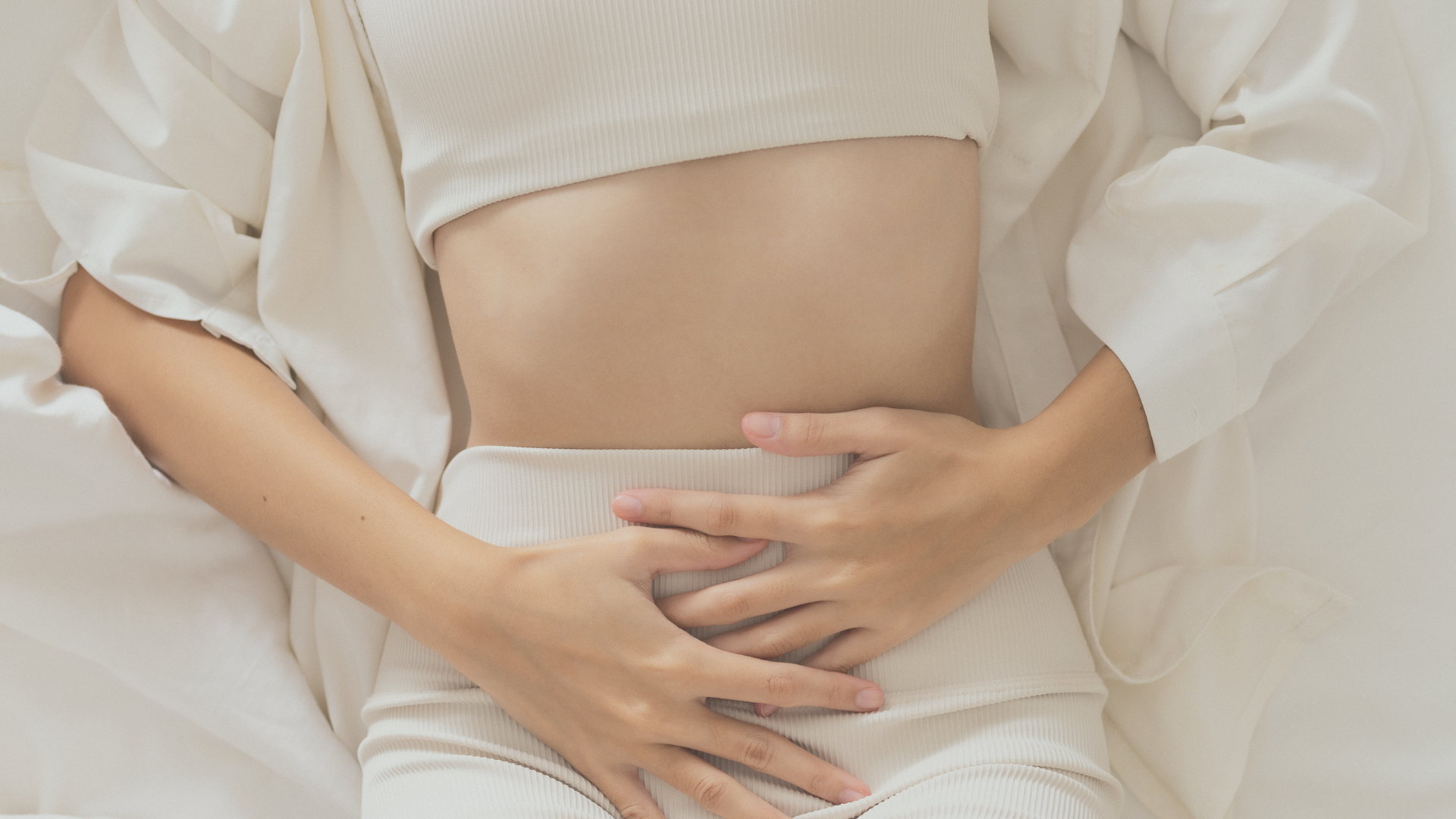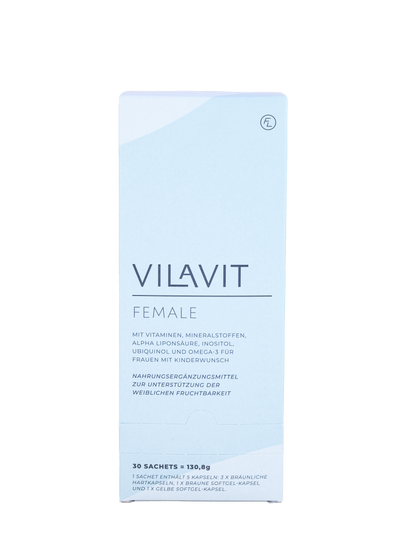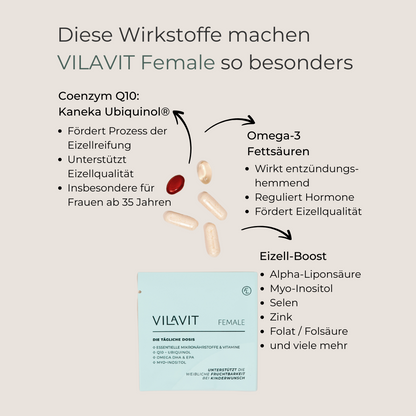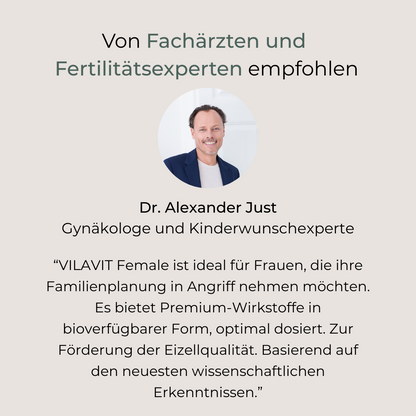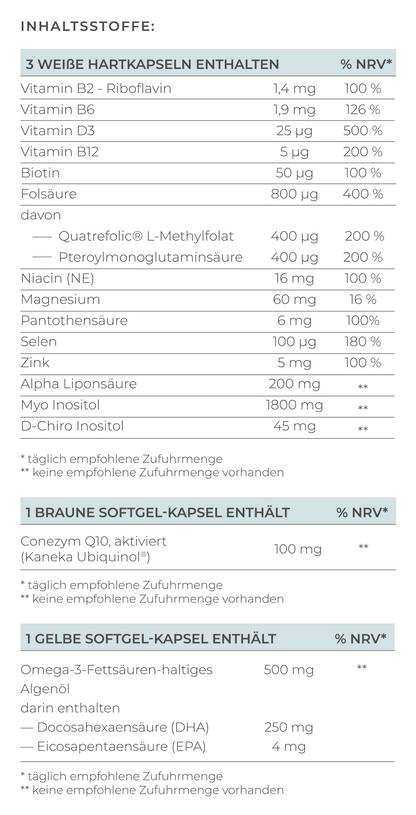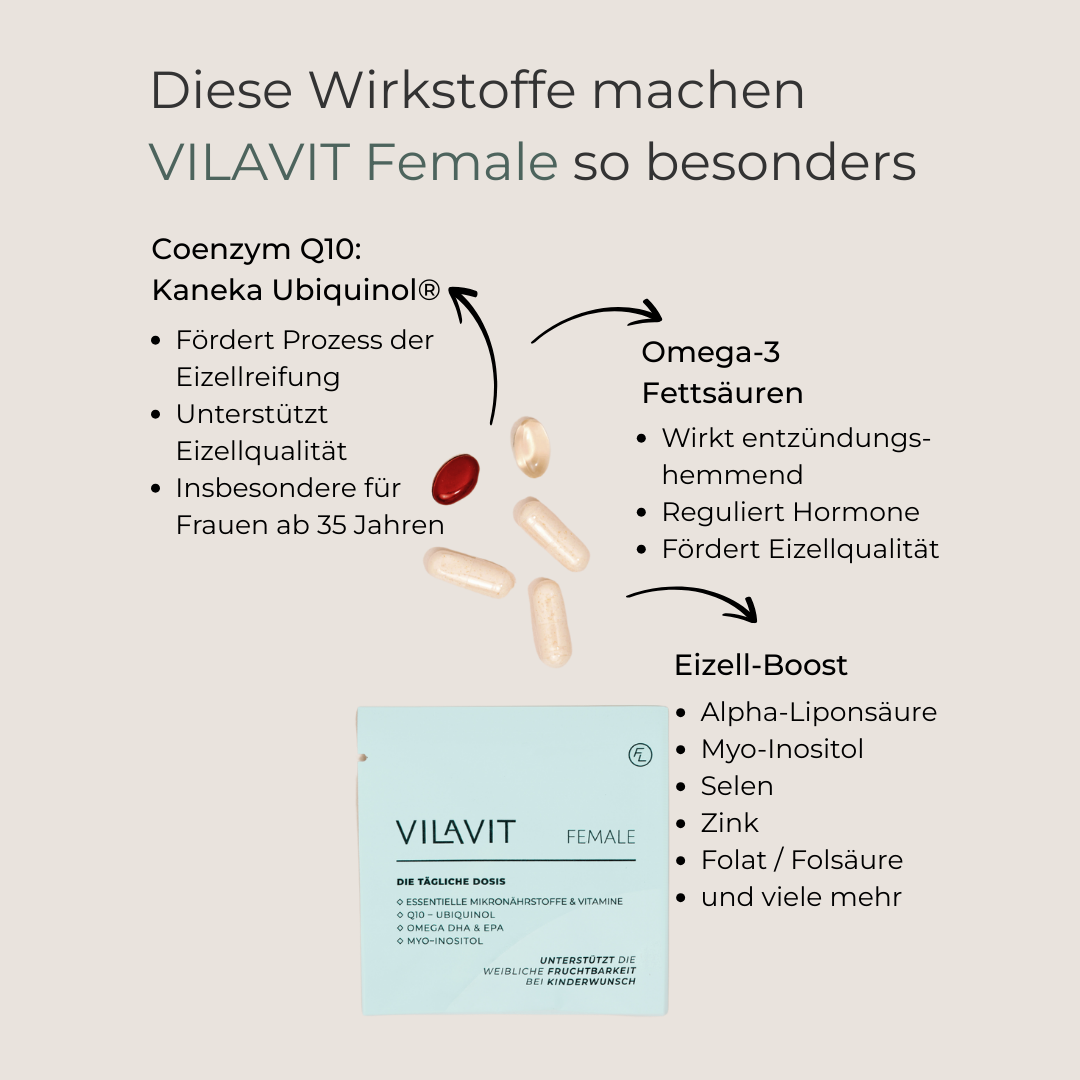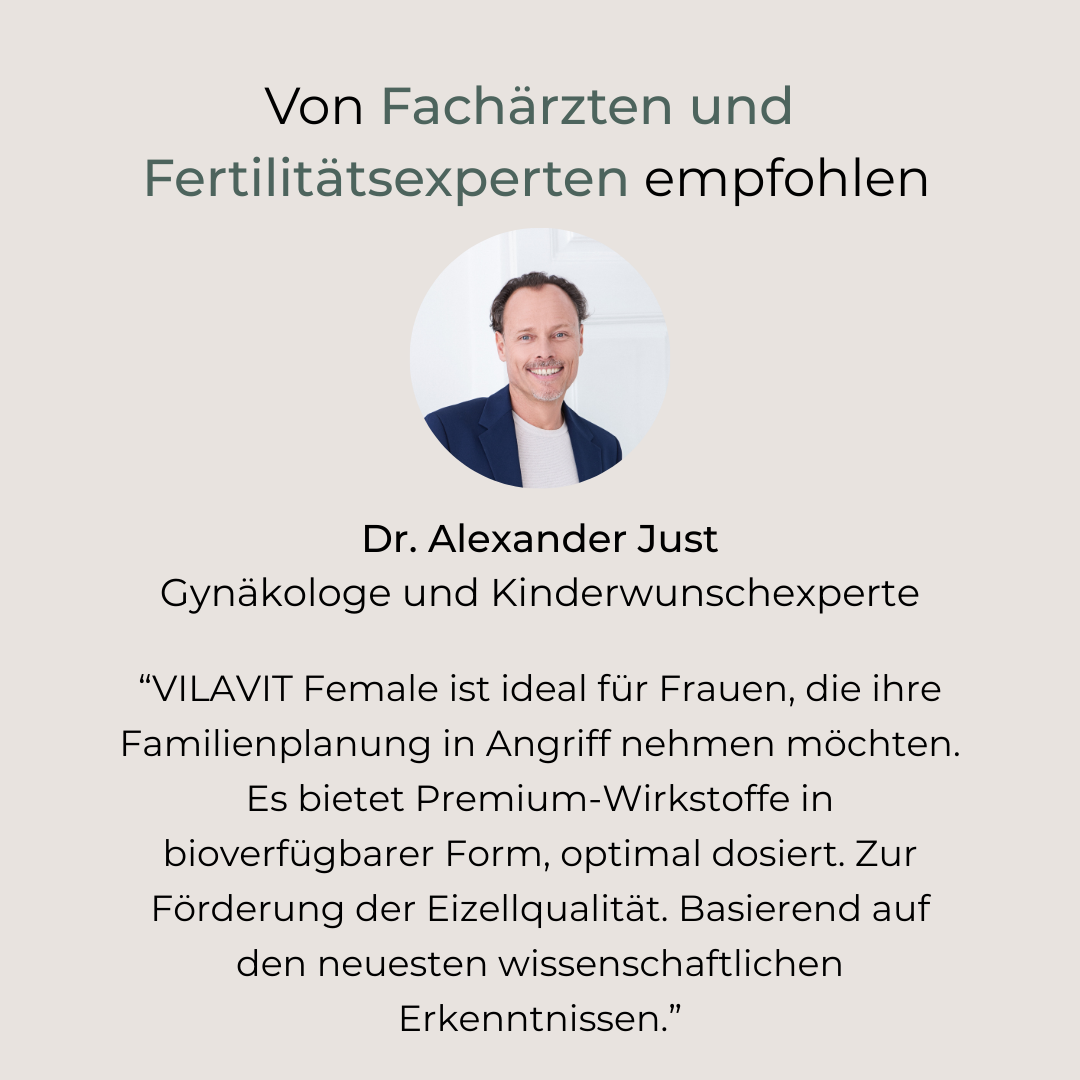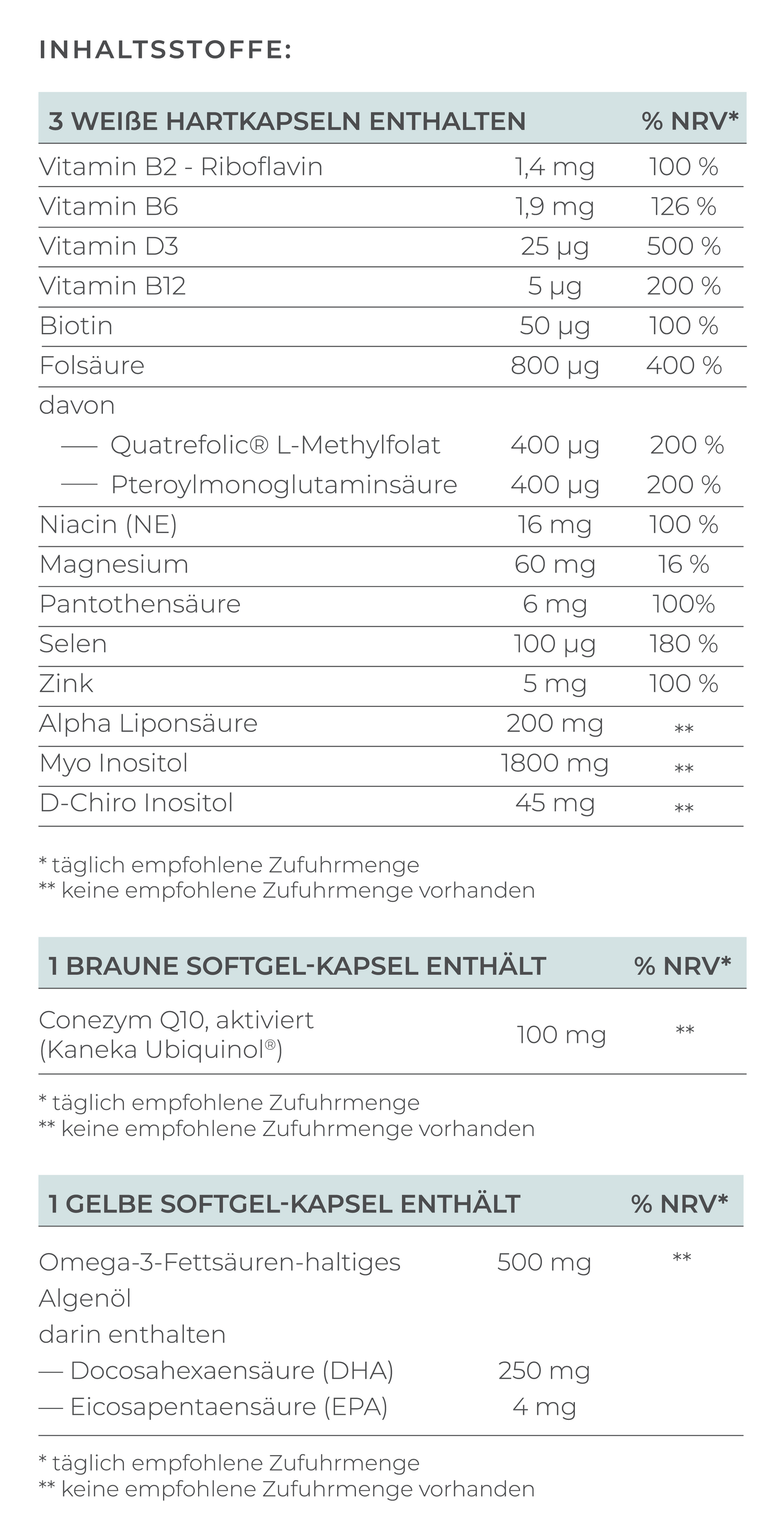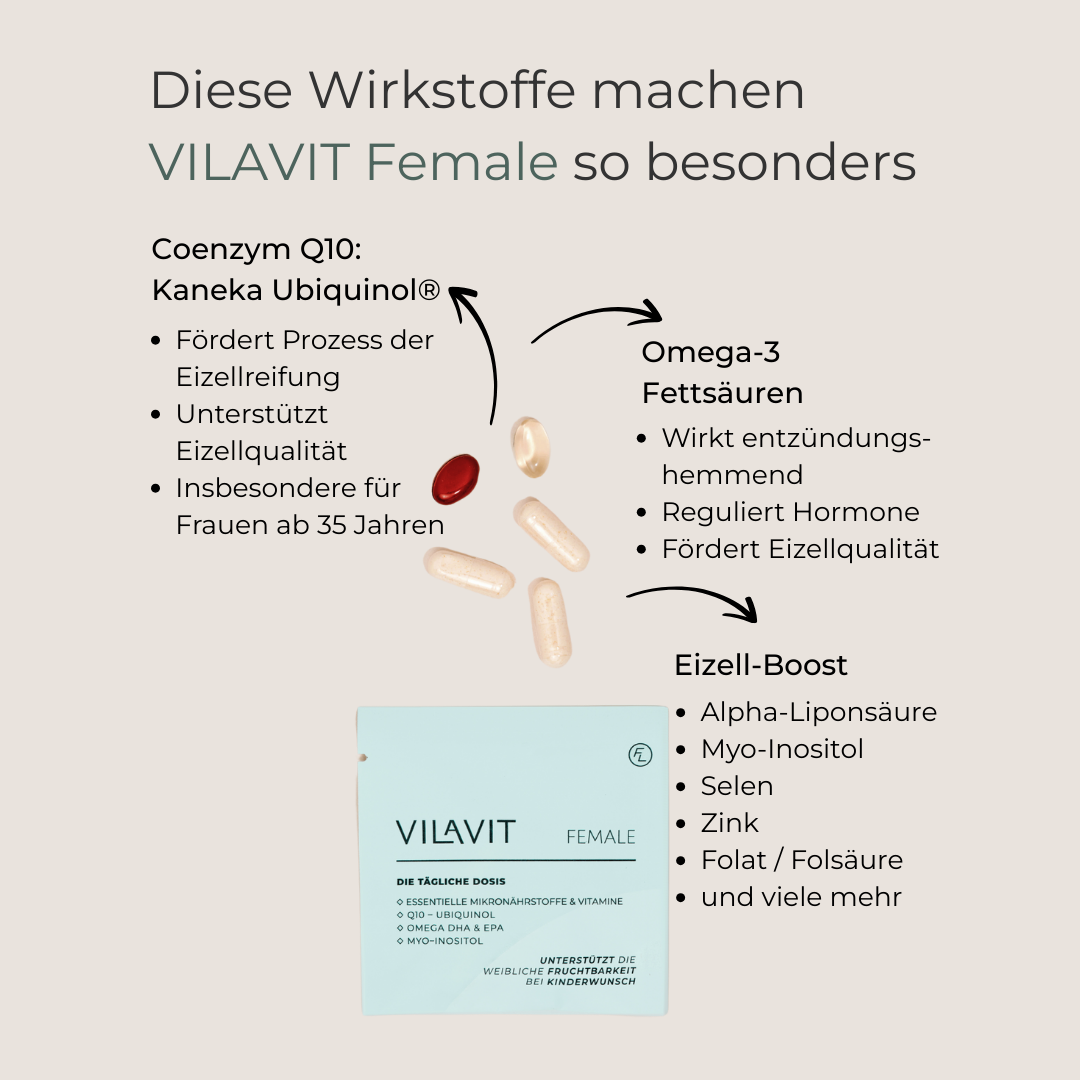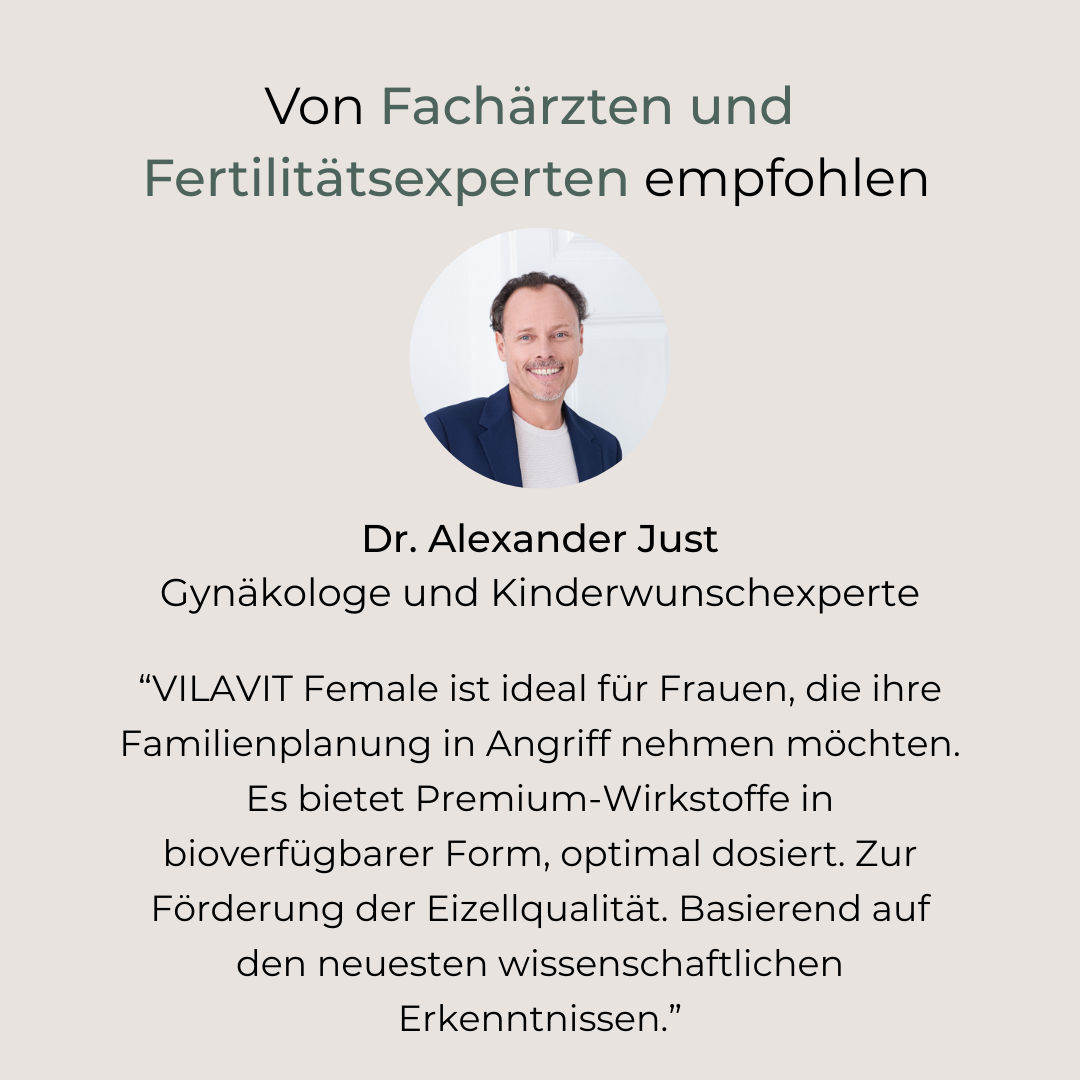Prof. Nagele, how exactly is endometriosis defined?
Prof. Nagele: Endometriosis refers to the presence of the lining of the uterus outside the uterus. The lining of the uterus, technically known as the endometrium, is shed every month during menstruation. However, if this endometrium occurs outside the uterus, it is called endometriosis.
The central question is: How does the endometrium get into the abdominal cavity? To date, there are several theories, but none have been scientifically proven.
The oldest theory is that of retrograde menstruation. It states that during menstruation, not only does blood flow out via the vagina, but the uterine lining also enters the abdominal cavity via the fallopian tubes. Today we know that retrograde menstruation is a normal phenomenon that occurs in every woman. Nevertheless, it remains unclear why endometriosis develops in some women and not in others.
It has also been shown that endometriosis is more common in urban areas than in rural areas. This points to the influence of environmental factors.
A genetic component also plays a role: endometriosis is up to seven times more common in first-degree relatives.
How common is endometriosis in women of reproductive age?
Prof. Nagele: It is estimated that one in ten women of reproductive age suffers from endometriosis - an impressively high number.
Despite this, endometriosis is often underdiagnosed. Many affected women do not have a clear diagnosis, as the only reliable method of diagnosing the disease is laparoscopy. Imaging procedures such as ultrasound, CT or MRI can provide indications of endometriosis, but do not provide definitive proof. Laparoscopy is a surgical procedure performed under general anesthesia, which may explain why many women remain undiagnosed to this day.
Women with endometriosis symptoms often visit different doctors for years without receiving the correct diagnosis and are therefore often treated incorrectly. On average, it takes around seven years before endometriosis is finally recognized.
What are the symptoms of endometriosis?
Prof. Nagele: The main symptom of endometriosis is painful menstruation. However, the challenge is that many women experience pain during menstruation without suffering from endometriosis - this is because the uterus contracts spasmodically to shed the lining of the uterus. Nevertheless, there are some signs that may indicate endometriosis. An indication is if the pain increases over the years or if taking the pill causes significant pain relief.
Interestingly, women with severe endometriosis may have only minor symptoms, while others with a few foci in the abdomen suffer from severe pain.
How does endometriosis affect fertility?
Prof. Nagele: Endometriosis affects the microclimate in the abdominal cavity, so that the egg cells come into contact with this altered environment during ovulation. This could explain why fertilization is made more difficult or even prevented.
What therapeutic approaches are there for endometriosis?
Prof. Nagele: Basically, treatment is primarily aimed at treating pain. This is easier to achieve as the focus is on lowering oestrogen levels. Oestrogens, which are produced in the ovaries, act like fuel for endometriosis. This is why the condition often improves during the menopause, when the ovaries gradually stop producing hormones.
Oestrogen levels can be reduced either by taking the pill or stronger hormone preparations.
However, if a desire to have children comes into play, this treatment option is no longer available, as a functioning cycle and hormones are crucial for fertility.
The earlier the diagnosis is made, the more effective surgical treatment can be. Women have a much better chance of becoming pregnant in the months following such an operation. We therefore generally recommend surgical treatment for women with endometriosis who wish to have children.
Is there a chance of getting pregnant naturally with endometriosis?
Prof. Nagele: This depends on the condition of the ovaries, but there is generally a good chance of becoming pregnant naturally after surgical treatment.
Does this mean that women with endometriosis do not necessarily have to undergo IVF treatment?
Prof. Nagele: In advanced cases or after treatment, it is recommended to resort to assisted reproductive medicine if no spontaneous pregnancy occurs within 6 to 12 months.
What is the state of research into endometriosis and are there any promising therapeutic approaches?
Prof. Nagele: Intensive research into endometriosis is being carried out both in Austria and internationally. Nevertheless, the question of how and why the disease develops remains unanswered. There are constantly new therapeutic approaches, all of which are aimed at influencing the hormonal activity of the ovaries.
Are there other ways to improve the symptoms of endometriosis?
Prof. Nagele: There are well-founded studies that underline the importance of an active lifestyle and a balanced diet. In particular, the Mediterranean diet and regular exercise have been shown to be beneficial. At the same time, it is recommended to reduce the consumption of red meat, processed foods, sugar and caffeine.


